How to Over Seed Your Lawn Easy Guide For Beginners
- March 7, 2024
- 0 comment
Overseeding is a gardening practice that can significantly enhance the density and appearance of your lawn. This process involves spreading new grass seed over existing turf to fill in bare spots, improve the lawn’s color, and increase resistance to pests and diseases. The benefits of overseeding are plentiful, leading to a lush, vibrant, and healthy lawn that can withstand the rigors of changing seasons and frequent use.
When To Start Overseeding?
Cool-Season Grasses
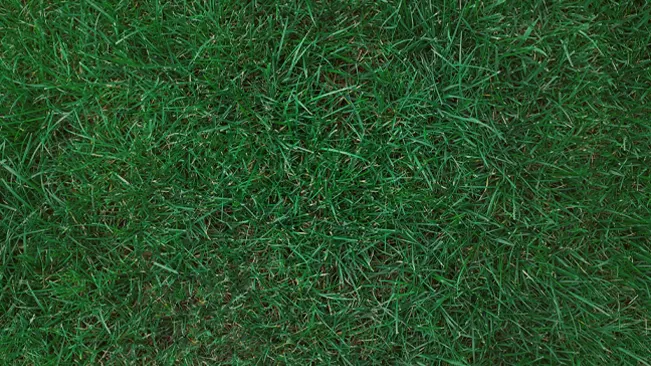
If your lawn consists of cool-season grasses like Kentucky bluegrass, perennial ryegrass, or fescues, the best time to overseed is in early fall. This period typically ranges from late August to mid-September in many regions. The cool temperatures of fall support germination and root development before the onset of winter. In some cooler climates, late spring (around May) can also be a suitable time, but fall is preferred because there’s less competition from weeds and the soil is warmer.
Warm-Season Grasses

For lawns with warm-season grasses such as Bermuda, Zoysia, St. Augustine, or Centipede, the ideal time for overseeding is late spring to early summer. This timing ensures that soil temperatures are sufficiently warm for seed germination, typically when temperatures are consistently above 65°F (18°C). This period usually falls between May and July, depending on your specific location.
Geographical Considerations:
- Northern Regions: In areas with cold winters and mild summers, overseeding cool-season grasses in early fall is most effective. This allows the grass to establish before winter.
- Southern Regions: In warmer areas, overseeding warm-season grasses in late spring aligns with the natural growth cycle of these grasses.
- Transitional Zones: For those in transitional zones with a mix of hot summers and cold winters, timing can be more nuanced. For cool-season grasses, early fall is still the best time. For overseeding warm-season grasses into cool-season lawns (to maintain green color during warmer months), late spring is ideal.
Additional Tips
- Avoid overseeding during the peak of summer or the coldest part of winter, as extreme temperatures can hinder seed germination and growth.
- Ensure that you check the specific requirements of the seed mix you’re using, as some specialized blends might have particular needs.
- Consider local weather patterns each year. Unusual weather conditions (like an early frost or extended summer heat) might affect the best timing for overseeding.
Preparation for Overseeding
Mowing Your Lawn Short
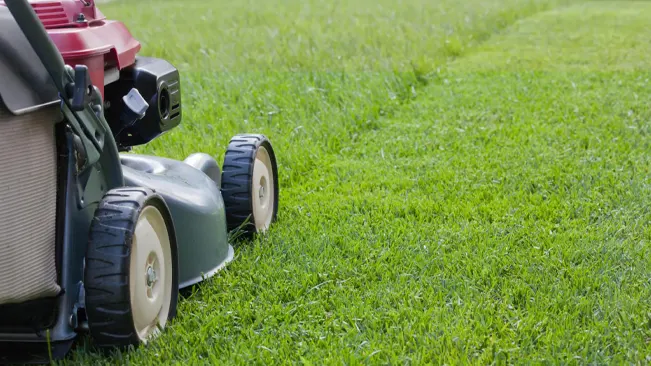
The main objective of mowing your lawn to a shorter height than usual, approximately 2 inches, is to improve sunlight penetration and ensure new seeds establish direct contact with the soil, which is crucial for their germination. Following the mowing, it’s vital to manage the grass clippings effectively. Either raking them up or using a bagging mower to collect them is essential, as leftover clippings can form a layer on the lawn that might impede seed-to-soil contact and foster conditions conducive to mold or disease, which could negatively impact seed germination and the growth of young seedlings.
Removing Thatch and Debris

Thatch, a layer of dead grass and roots that accumulates on the soil surface, can obstruct the path of moisture, air, and nutrients to the soil and new seeds. Employing a dethatching rake or machine to remove this layer is crucial to ensure the overseeded grass seeds can properly embed in the soil, thereby enhancing the chances of successful germination. Moreover, clearing the lawn of leaves, twigs, and other organic materials provides a clean base for overseeding, avoiding any physical barriers that might prevent seeds from making effective contact with the soil, which is essential for germination.
Aerating the Soil
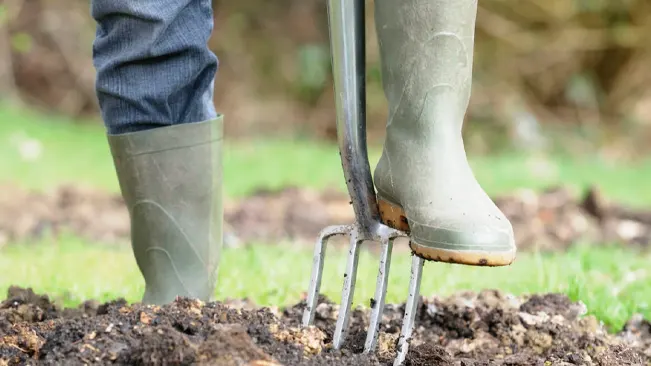
Soil aeration is a process that alleviates compaction, allowing for improved penetration of water, air, and nutrients into the soil, all of which are vital for seed germination and root development. This step is particularly important for lawns with high foot traffic or those with clay-heavy soil. Utilizing a core aerator, which extracts small plugs of soil from the lawn, creates optimal conditions for overseeding. These plugs should be left on the lawn to naturally decompose, contributing organic matter back to the soil and aiding in its structural improvement over time.
Spreading the Seed
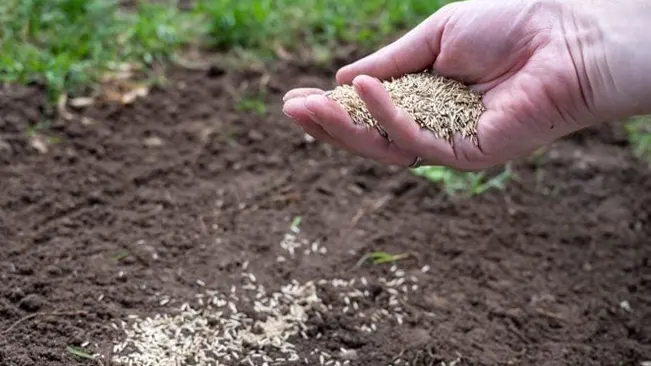
Choosing a high-quality seed blend that matches your lawn’s existing grass type and environmental conditions is crucial. Some blends are specifically designed to address certain needs, such as drought tolerance or shade resistance, which can enhance the lawn’s overall resilience and aesthetic appeal. For even seed distribution, the use of a broadcast or drop spreader is recommended to prevent clumping and ensure uniform growth. In smaller or more irregular areas, hand-seeding is an effective method to ensure thorough coverage.
Fertilizing the Lawn

Applying a starter fertilizer, specifically formulated to support new grass growth and high in phosphorus for strong root development, is an important step in the overseeding process. It’s critical to choose a fertilizer that complements the new seed without overwhelming the young seedlings and to adhere to the manufacturer’s recommended application rate to prevent potential damage from fertilizer burn or excessive growth. Even distribution of the fertilizer ensures that all new seeds have an equal opportunity to benefit from the added nutrients.
Watering Guidelines

After overseeding, it’s essential to establish a watering regimen that keeps the soil consistently moist without causing waterlogging or seed displacement. Initially, this may require watering multiple times a day, depending on weather conditions. As the seedlings start to grow, the watering frequency should be reduced, but the depth of watering should be increased to encourage deeper root growth and establish a more drought-resistant lawn. Additionally, minimizing foot traffic on the newly seeded areas is crucial to prevent soil compaction and protect the fragile seedlings, ensuring they have the optimal environment for germination and growth, leading to a lush, vibrant lawn.
Tools and Materials Needed
Tools
- Lawn Mower: A good quality lawn mower with a bagging option to collect grass clippings after mowing the lawn short.
- Dethatching Rake or Power Dethatcher: For manually removing thatch or using a power dethatcher for larger lawns to effectively clear the layer of dead grass and organic matter.
- Core Aerator: A machine that removes small plugs of soil from the lawn, helping to alleviate soil compaction and improve air, water, and nutrient penetration.
- Broadcast or Drop Spreader: To evenly distribute grass seed over the lawn. Choose the type based on the size of your lawn and personal preference.
- Garden Rake: For smoothing out the soil after dethatching and aerating, and for working the seed into the top layer of the soil slightly.
- Garden Hose with Sprinkler or Irrigation System: For watering the lawn before and after overseeding to maintain optimal soil moisture for seed germination.
- Wheelbarrow: Useful for transporting soil amendments, tools, and collecting debris.
- Gloves: To protect your hands during the lawn work.
Materials
- Grass Seed: Select a high-quality seed blend suitable for your lawn’s existing grass type and environmental conditions. Consider factors like sunlight, shade, and water availability in your selection.
- Starter Fertilizer: A fertilizer high in phosphorus to promote root growth and support the development of new grass seedlings. Make sure it’s compatible with overseeding.
- Topsoil or Compost (Optional): Depending on the condition of your soil, you might need to add a thin layer of topsoil or compost to improve soil structure and provide a nutritious seedbed.
- Soil Amendments (if needed): Based on a soil test, you might need lime to raise pH, sulfur to lower pH, or other specific amendments to correct nutrient imbalances.
- Mulch (Optional): In some cases, a light layer of mulch or specialized seed cover product can help retain moisture and protect the seeds during germination.
Common Mistakes to Avoid
Over-watering

One of the most frequent errors in overseeding is over-watering. While it’s essential to keep the newly seeded areas moist to encourage germination, too much water can lead to several problems. Over-watering can cause the seeds to wash away, preventing them from taking root in the soil. It can also create an environment conducive to fungal diseases, which can damage or kill young seedlings. The key is to water lightly and frequently, ensuring the top inch of soil stays moist but not saturated.
Ignoring Soil Health
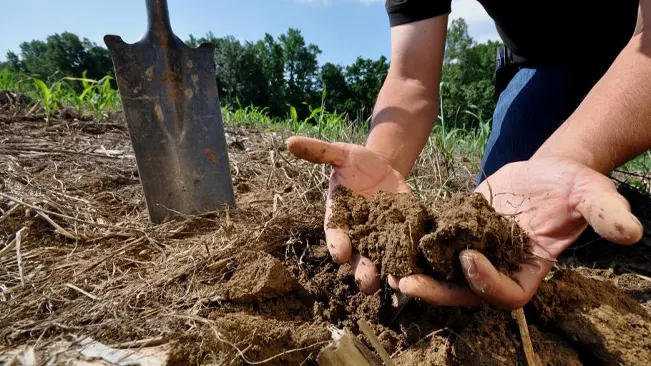
The health of your soil is a critical factor in the success of overseeding. Neglecting to test and amend your soil before overseeding can result in poor seed germination and growth. Soil that is too acidic or alkaline, compacted, or lacking in essential nutrients will not support healthy grass growth. Conducting a soil test can provide valuable insights into your soil’s condition, allowing you to make necessary adjustments, such as adding lime to raise pH or sulfur to lower it, incorporating organic matter to improve soil structure, or applying a starter fertilizer to provide essential nutrients.
Using the Wrong Seed Type
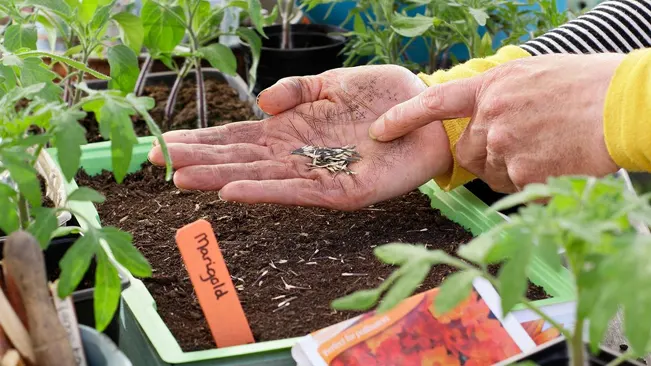
Choosing the right type of grass seed is crucial for overseeding success. Using a seed that is not suited to your lawn’s existing grass type, climate, or usage can result in a patchy, mismatched lawn. For example, planting a shade-tolerant grass seed in a sunny area, or using a delicate grass type in a high-traffic lawn, will likely lead to poor results. Research the best seed types for your region, lawn conditions, and lifestyle needs. If in doubt, consult with a local gardening expert or extension service for advice on the best grass seed for your specific situation.
Benefits of Over Seeding your Lawn
- Improved Density: Overseeding can fill in bare spots and thicken thin areas, resulting in a denser lawn. This not only enhances the lawn’s appearance but also helps in crowding out weeds and reducing soil erosion.
- Enhanced Color: Introducing new grass seeds can rejuvenate a lawn that’s lost its luster, bringing back the vibrant green color that’s often associated with a well-maintained garden.
- Disease Resistance: Many new varieties of grass seeds have better resistance to diseases. By overseeding, you can introduce these more resilient strains to your lawn, reducing the likelihood of disease spread and the need for chemical treatments.
- Pest Resistance: Similarly, newer grass varieties are often bred to be more resistant to pests. Overseeding with such varieties can help reduce pest problems, leading to a healthier lawn with less need for pesticides.
- Improved Drought Tolerance: As with disease and pest resistance, many modern grass seed varieties offer improved drought tolerance. Overseeding with these types can help your lawn stay green and healthy even during dry conditions, reducing water usage and maintenance needs.
- Seasonal Adaptation: For lawns that struggle during certain seasons, overseeding with a mix of grass types can provide a solution. For example, overseeding cool-season lawns with warm-season grasses (and vice versa) can ensure your lawn remains robust and active throughout the year.
- Wear and Tear Recovery: Lawns that receive a lot of foot traffic or suffer from other forms of wear and tear can benefit significantly from overseeding. The new grass can help the lawn recover more quickly and maintain its resilience against ongoing use.
- Environmental Benefits: A dense, healthy lawn can capture dust and pollution, produce oxygen, and provide a cooling effect in urban areas. Overseeding helps maintain the lawn’s health and, by extension, contributes to these environmental benefits.
- Increased Property Value: A well-maintained lawn can enhance curb appeal and potentially increase property value. Overseeding is a relatively simple and cost-effective way to ensure your lawn contributes positively to the overall appearance of your property.
Conclusion
In conclusion, the success of overseeding your lawn hinges on careful planning and execution. Choosing the right timing based on the type of grass and your regional climate, alongside meticulous soil preparation, are foundational steps that cannot be overlooked. Equally important is selecting a grass seed that is well-suited to your lawn’s specific conditions and the climate of your region. Proper application rates, consistent and appropriate watering practices, and diligent post-seeding care including minimal foot traffic and timely fertilization, all play critical roles in ensuring the new seeds not only germinate but also thrive and integrate seamlessly with your existing lawn. By avoiding common mistakes and adhering to best practices in overseeding, you can rejuvenate your lawn, enhancing its density, health, and overall appearance, thereby creating a lush and vibrant outdoor space.
FAQs
1. What is overseeding?
Overseeding involves spreading new grass seeds over an existing lawn to fill in bare spots, improve lawn density, and enhance its overall appearance and health.
2. When is the best time to overseed my lawn?
The ideal time to overseed depends on your grass type. For cool-season grasses, early fall is best, while warm-season grasses should be overseeded in late spring to early summer.
3. Do I need to mow my lawn before overseeding?
Yes, mowing your lawn shorter than usual before overseeding is recommended to improve seed-to-soil contact and ensure better sunlight reach for the new seeds.
4. Is it necessary to dethatch and aerate before overseeding?
Dethatching and aerating are crucial steps in the overseeding process. They help remove dead grass and organic buildup and alleviate soil compaction, respectively, creating an optimal environment for seed germination and growth.
5. How do I choose the right type of grass seed?
Select a grass seed blend that matches your existing lawn and is suitable for your region’s climate and your lawn’s specific conditions, such as sunlight exposure and soil type.
6. How much seed should I apply?
Refer to the seeding rate recommendations on the seed package to ensure you apply the right amount. Over-seeding can lead to overcrowding, while under-seeding may result in sparse coverage.
7. What watering practices should I follow after overseeding?
Keep the soil consistently moist but not waterlogged by watering lightly and frequently until the seeds have germinated and the new grass is established.
8. When can I mow my lawn after overseeding?
Wait until the new grass is at least 3 inches tall before mowing for the first time. This gives the young seedlings time to establish and strengthens their root systems.
9. Should I fertilize my lawn after overseeding?
Applying a starter fertilizer high in phosphorus after overseeding can promote root development and support the growth of the new seedlings.
10. How do I handle weeds after overseeding?
Address existing weed issues before overseeding. After seeding, focus on nurturing the new grass. Once established, you can manage weeds more aggressively without harming the young seedlings.

Joel Cunningham
Forestry AuthorI'm Joel Cunningham, an expert in pruning and weed management with over a decade of experience. My skills are rooted in formal training and extensive practice, focusing on advanced pruning techniques and efficient weed control. I'm known for my quality work, precision, and deep understanding of plant health and soil dynamics. My contributions extend to educational initiatives where I share sustainable practices and advice, establishing myself as a reliable and authoritative figure in the gardening community.

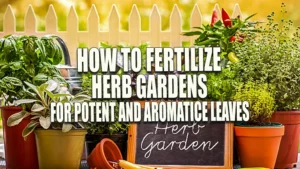






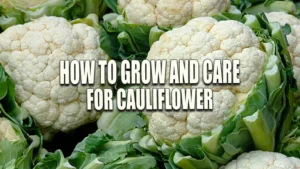
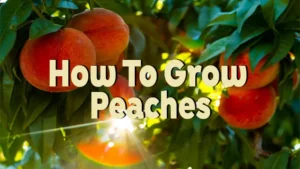



Leave your comment